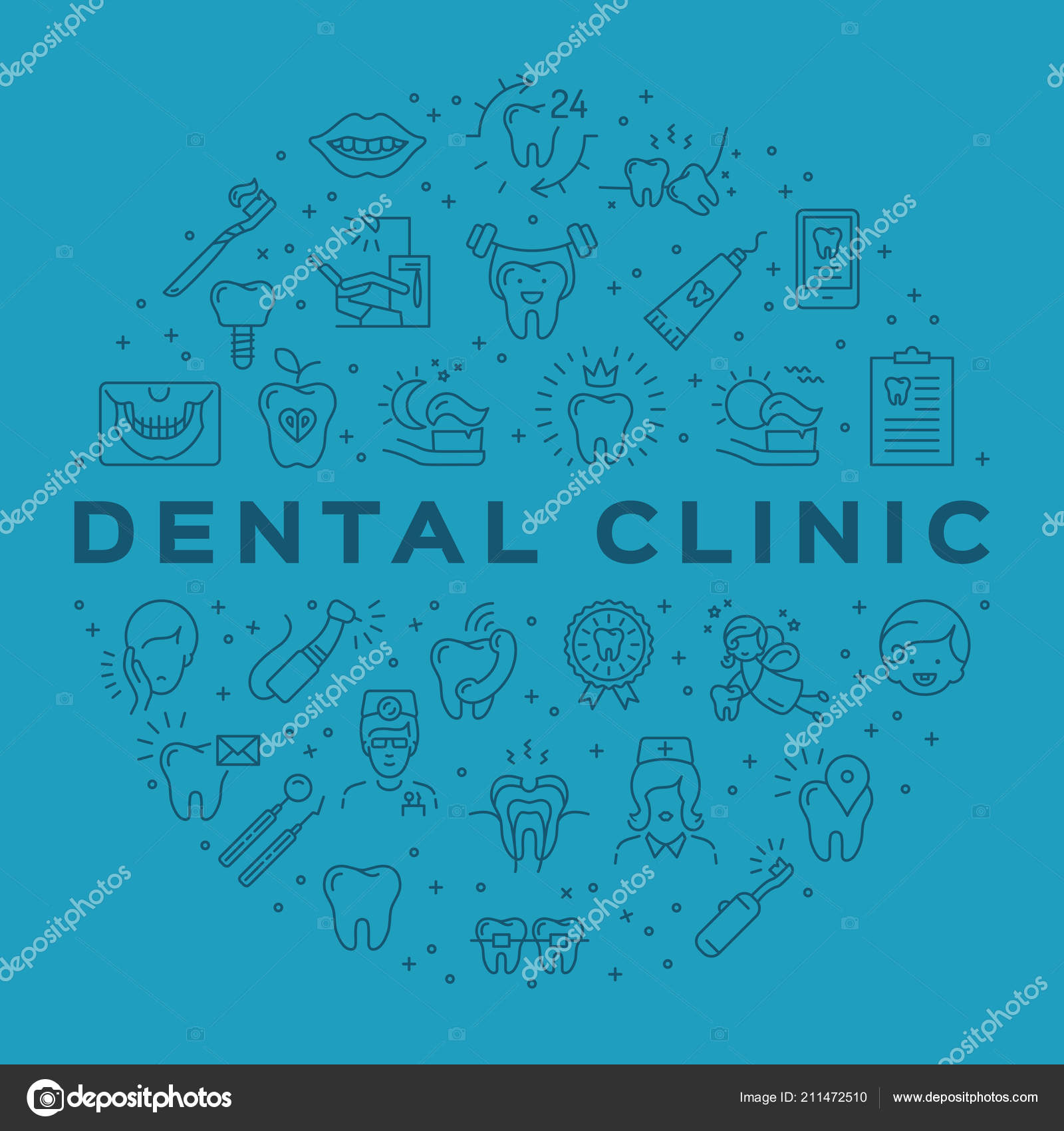Stay Ready For Unexpected Dental Emergency Situations By Having The Ability To Recognize The Indications Of Trauma And Understanding When It Is Needed To Seek Urgent Clinical Assistance
Stay Ready For Unexpected Dental Emergency Situations By Having The Ability To Recognize The Indications Of Trauma And Understanding When It Is Needed To Seek Urgent Clinical Assistance
Blog Article
invisalign dentist -Brady Weiner
If you feel an abrupt shock of discomfort or discover a tooth injury, it can be upsetting. But how do you figure out if it's an oral emergency situation that calls for prompt focus? Understanding the important indicators and recognizing when to look for help can make all the distinction in preserving your dental wellness. Recognizing when to act swiftly could indicate the distinction between a quick fix and much more considerable treatment.
Common Kind Of Dental Injury
What're the typical types of dental injury that you should know?
Accidents can happen, bring about various sorts of oral injuries. One typical type of oral trauma is a broken tooth. This can happen from attacking down on something tough or experiencing a strike to the face.
An additional kind is a busted tooth, where a part of the tooth can chip off. Additionally, you may experience a knocked-out tooth, which can take place during sporting activities or falls. It's vital to handle the tooth carefully and seek prompt dental attention.
Dental trauma can additionally include a tooth that has been pushed out of setting or loosened up due to an injury. updated blog post of injury calls for prompt therapy to save the tooth.
Finally, soft tissue injuries in the mouth, such as cuts, can additionally occur from mishaps. Finding out about these common sorts of dental injury can help you act swiftly and appropriately in case of an emergency.
Indicators of Dental Emergency Situations
Acknowledging the indicators of oral emergencies is vital for prompt action and proper therapy. If https://how-much-does-a-crown-cos41628.dgbloggers.com/31078807/examine-the-influence-of-oral-implants-on-your-smile-providing-a-long-term-repair-for-missing-out-on-teeth-review-below-to-find-how-you-can-delight-in-a-smile-that-is-both-all-natural-in-look-and-durable experience severe tooth discomfort that's constant and pain, it can show an underlying issue that needs prompt attention.
Swelling in the gums, face, or jaw can additionally suggest an oral emergency, particularly if it's accompanied by discomfort or fever. Any type of type of trauma to the mouth leading to a split, damaged, or knocked-out tooth should be dealt with as an emergency to prevent more damage and prospective infection.
Hemorrhaging from the mouth that does not quit after using pressure for a couple of minutes is an additional warning that you need to look for emergency situation oral treatment. Furthermore, if you observe any indicators of infection such as pus, a foul taste in your mouth, or a fever, it's important to see a dentist immediately.
Overlooking these signs might lead to much more major problems, so it's important to act quickly when faced with a possible dental emergency situation.
Importance of Immediate Treatment
Trigger action and prompt treatment are vital in attending to dental emergency situations to stop further difficulties and guarantee ideal outcomes for your oral health.
When confronted with an oral emergency situation, such as a knocked-out tooth or severe tooth pain, looking for immediate therapy can make a considerable distinction in conserving your tooth and alleviating discomfort. Delaying therapy can cause infection, enhanced pain, and even irreversible damages to your teeth and periodontals.
By seeking emergency oral treatment quickly, you increase the opportunities of successful treatment and remediation. Dental experts have the essential abilities and devices to address emergencies successfully, lowering the threat of long-lasting repercussions.
In addition, prompt treatment can assist take care of pain and pain, enabling you to resume your day-to-day activities without interruption.
Conclusion
To conclude, understanding oral injury and knowing when to seek emergency treatment is crucial for keeping dental wellness.
By acknowledging common types of oral injuries and the signs of dental emergency situations, you can make certain prompt care to protect against more damages and difficulties.
Remember, seeking immediate treatment can conserve teeth, minimize discomfort, and enhance the possibilities of successful recuperation.
Do not wait to look for assistance from an oral specialist if you experience any type of signs of oral injury.
